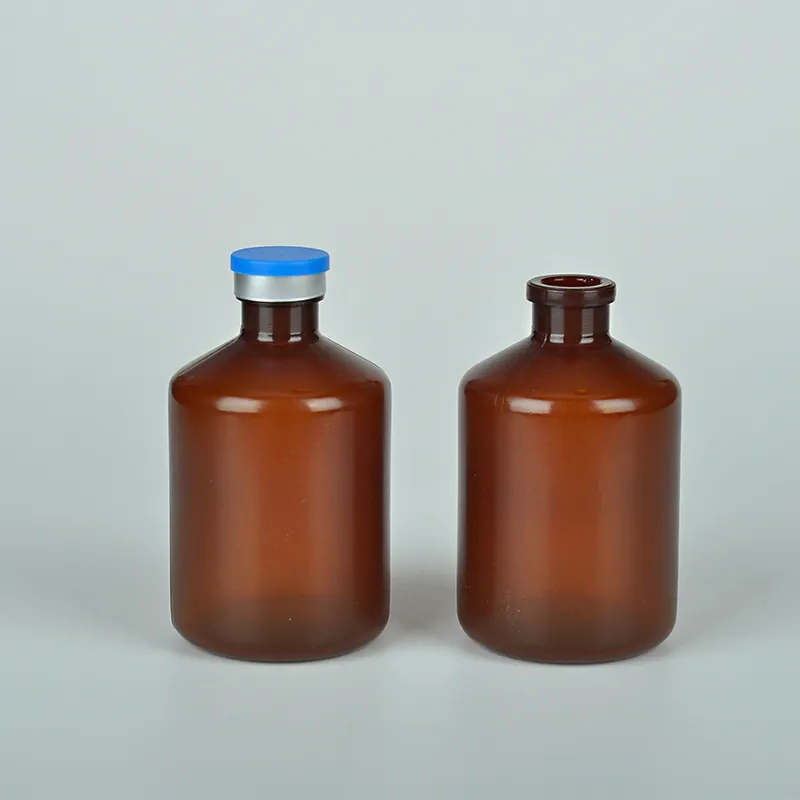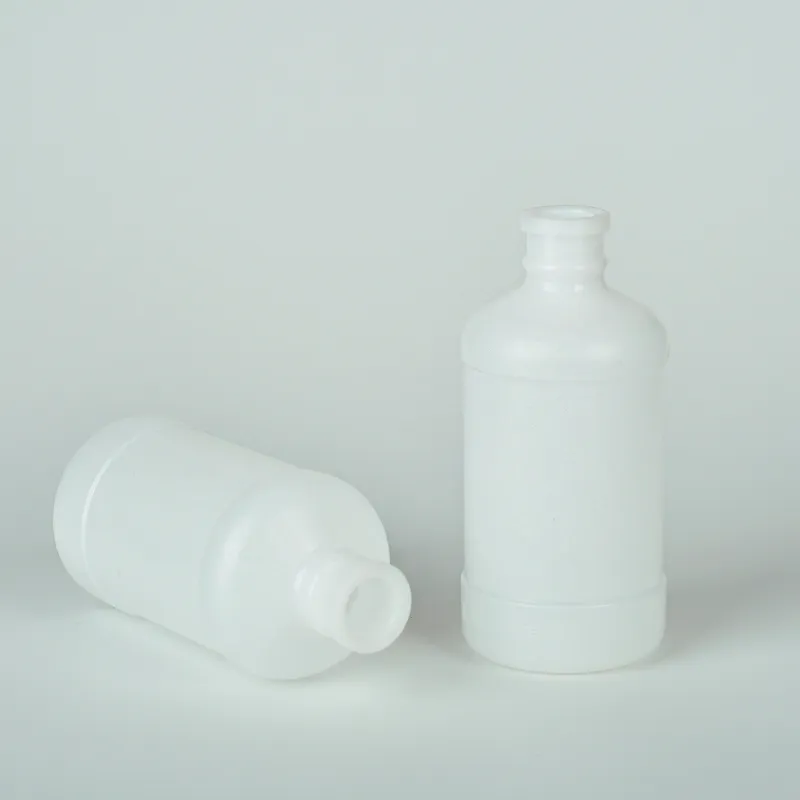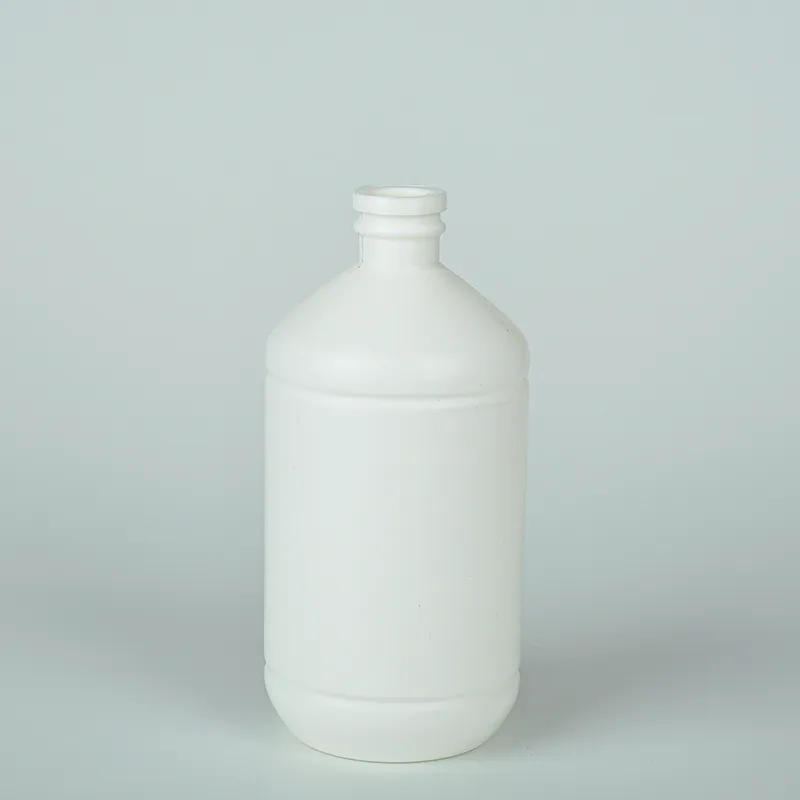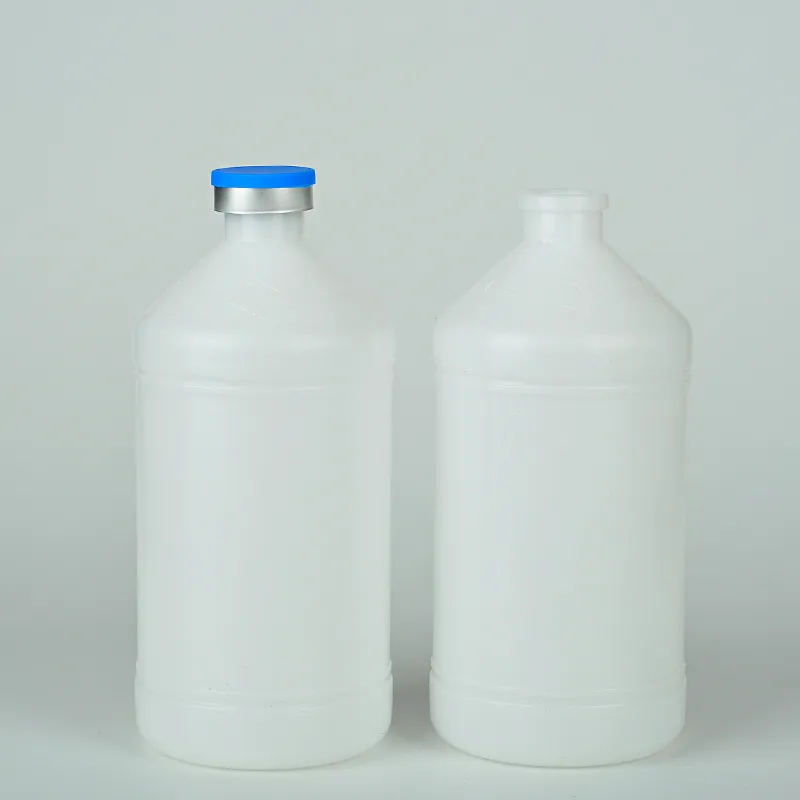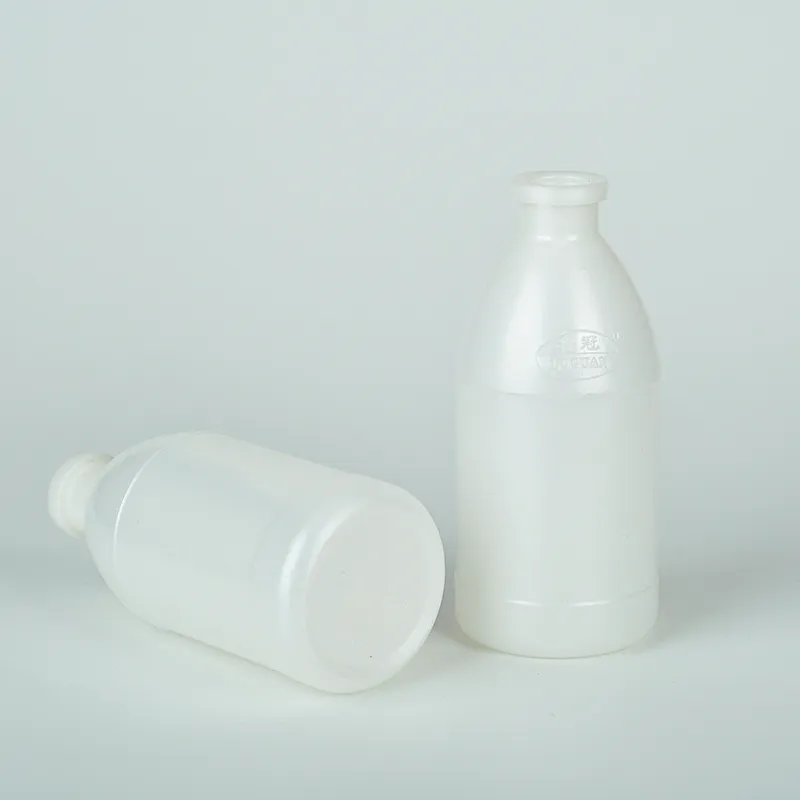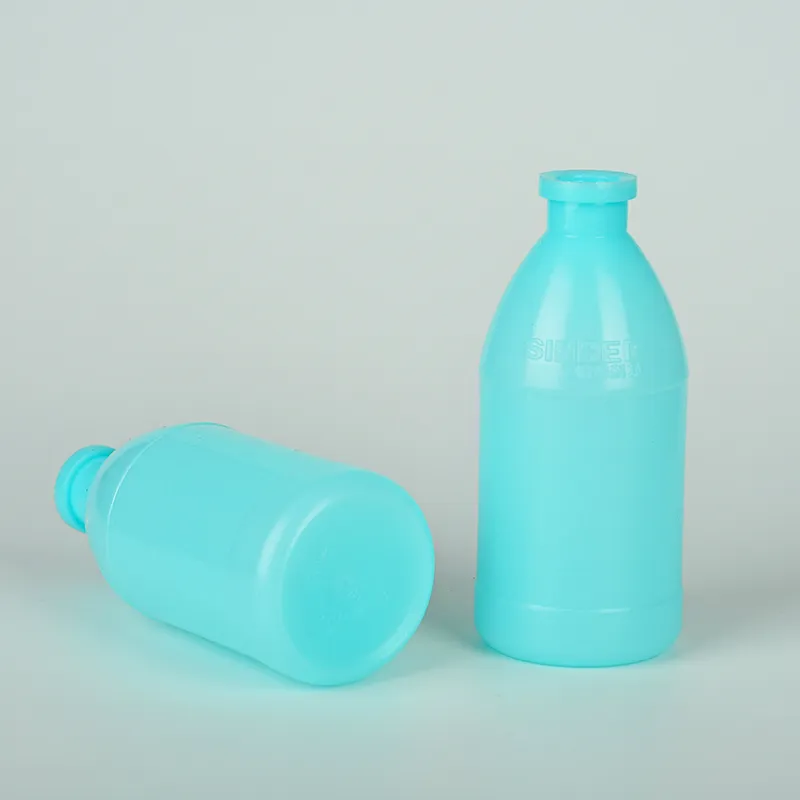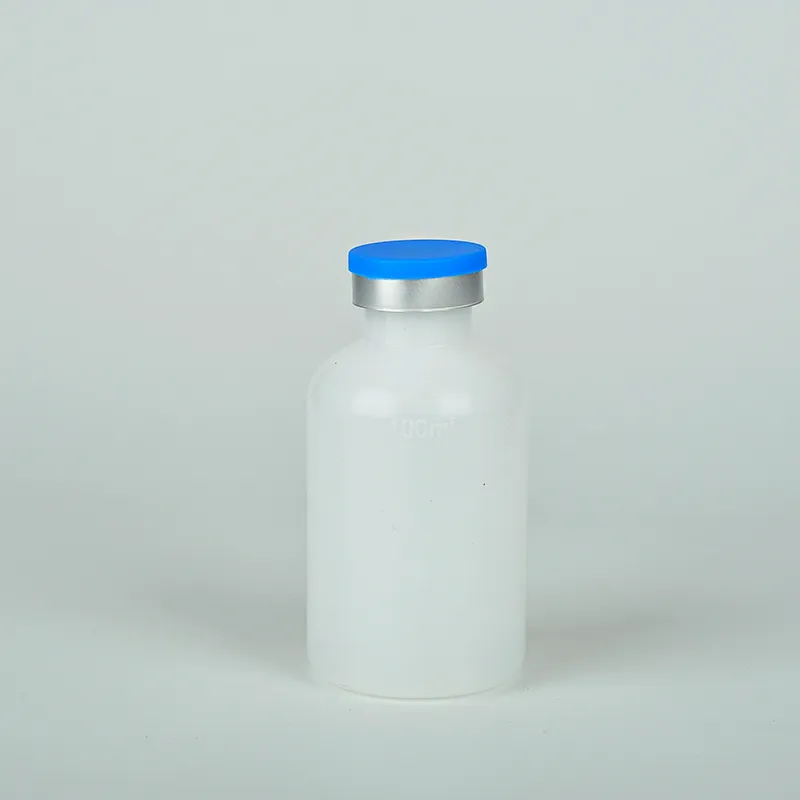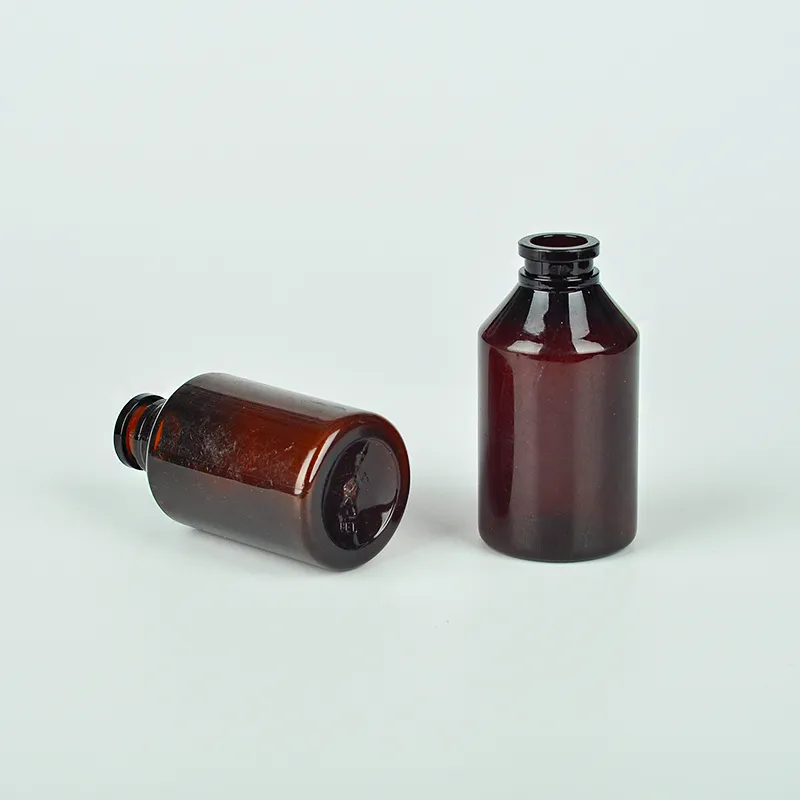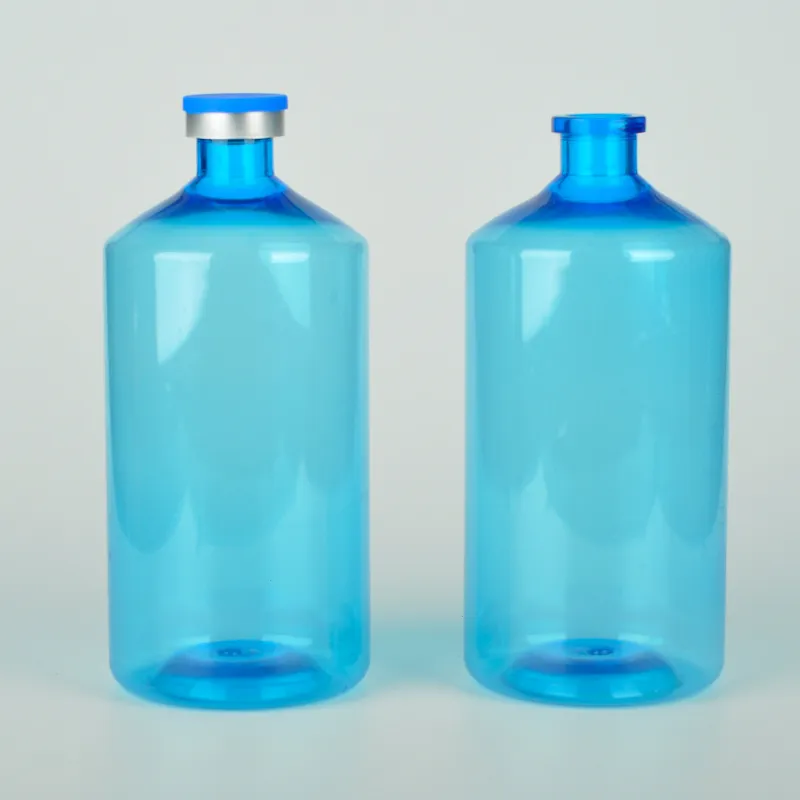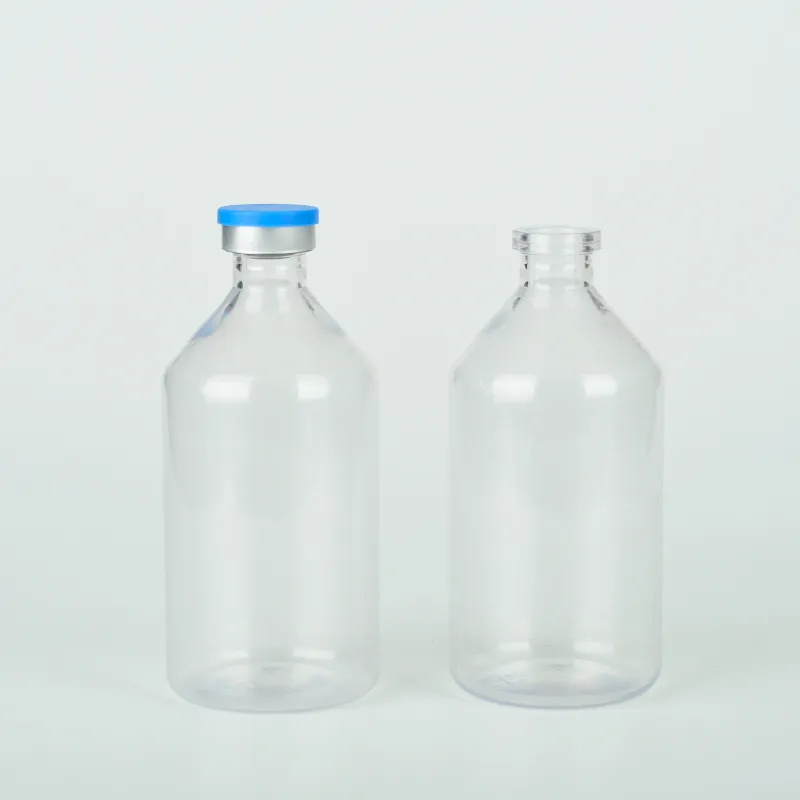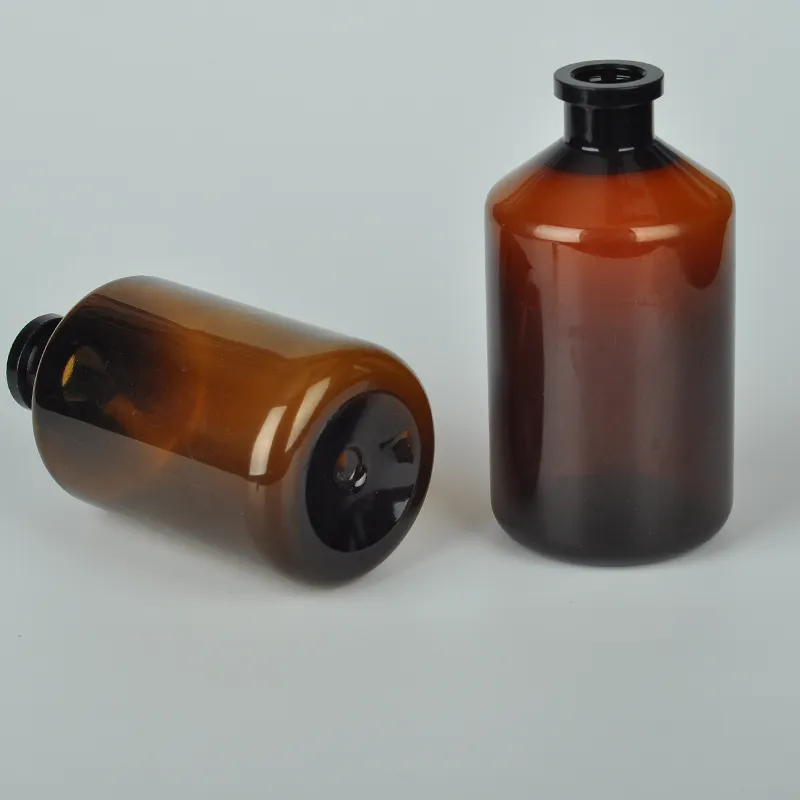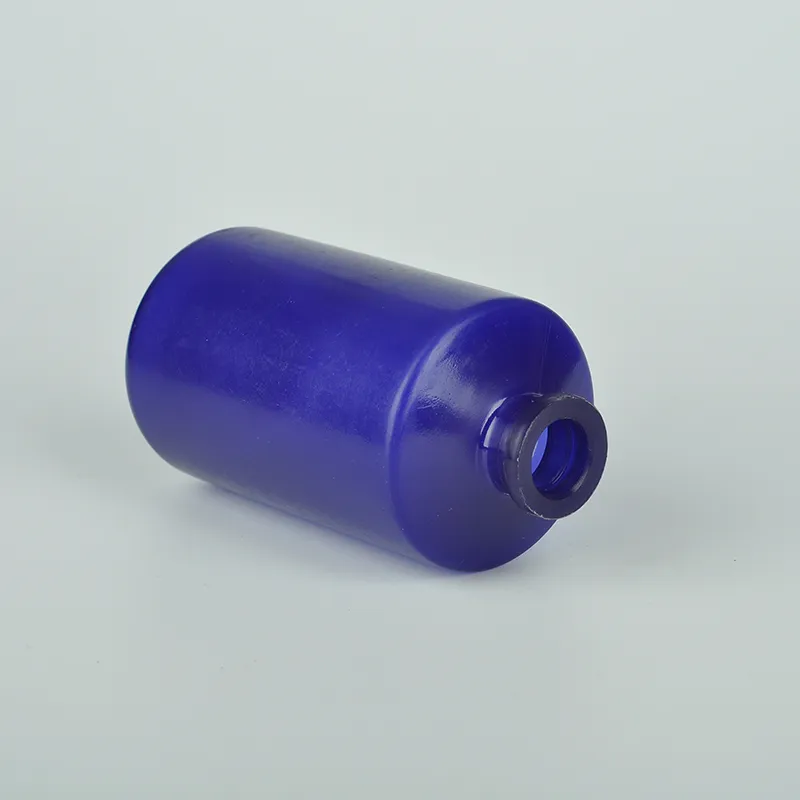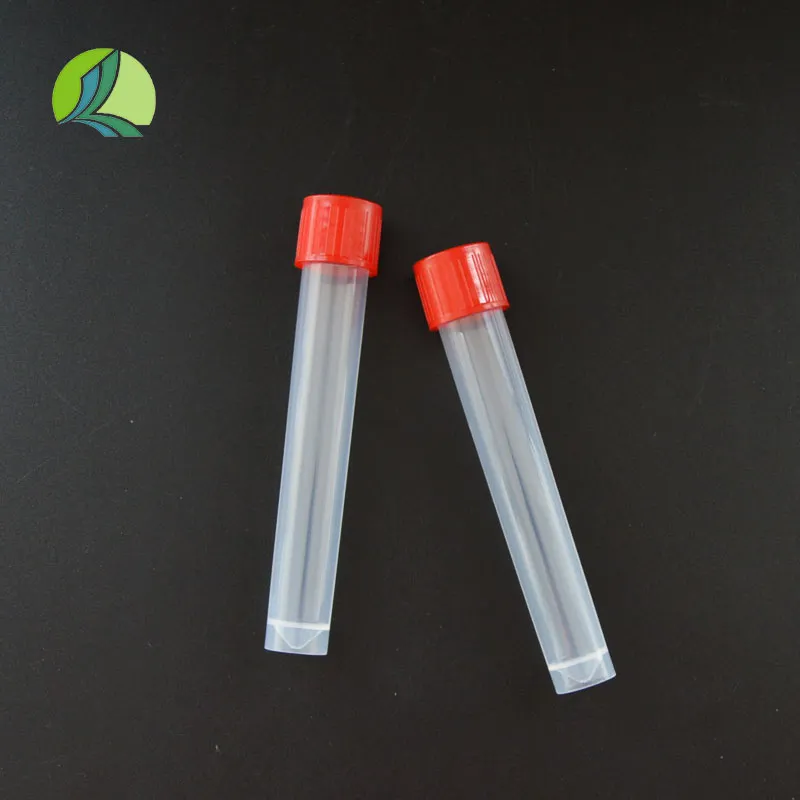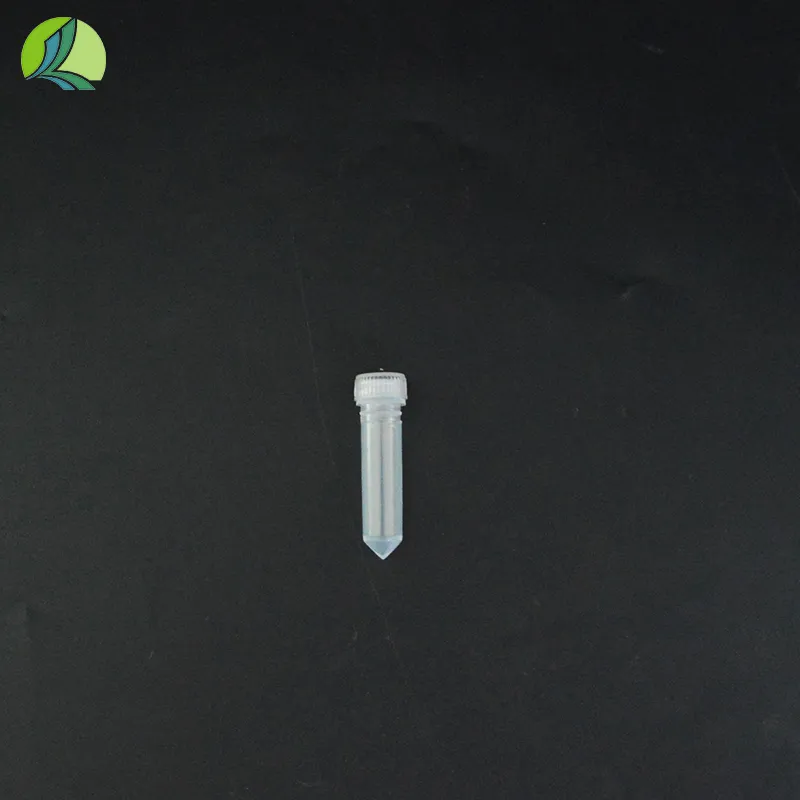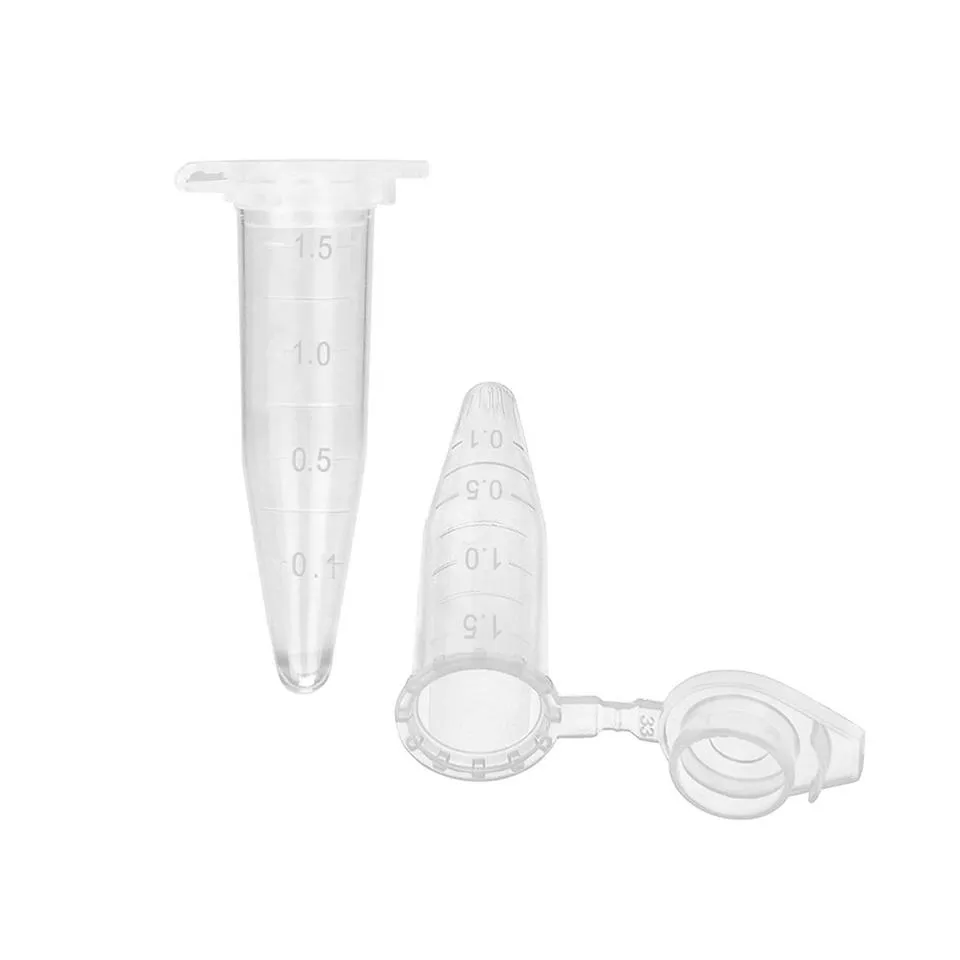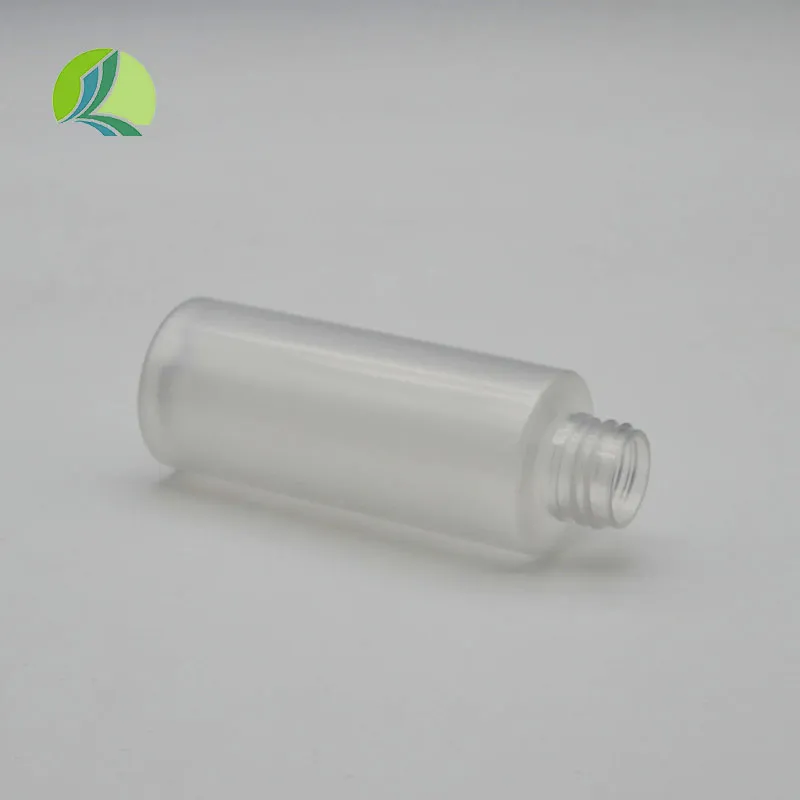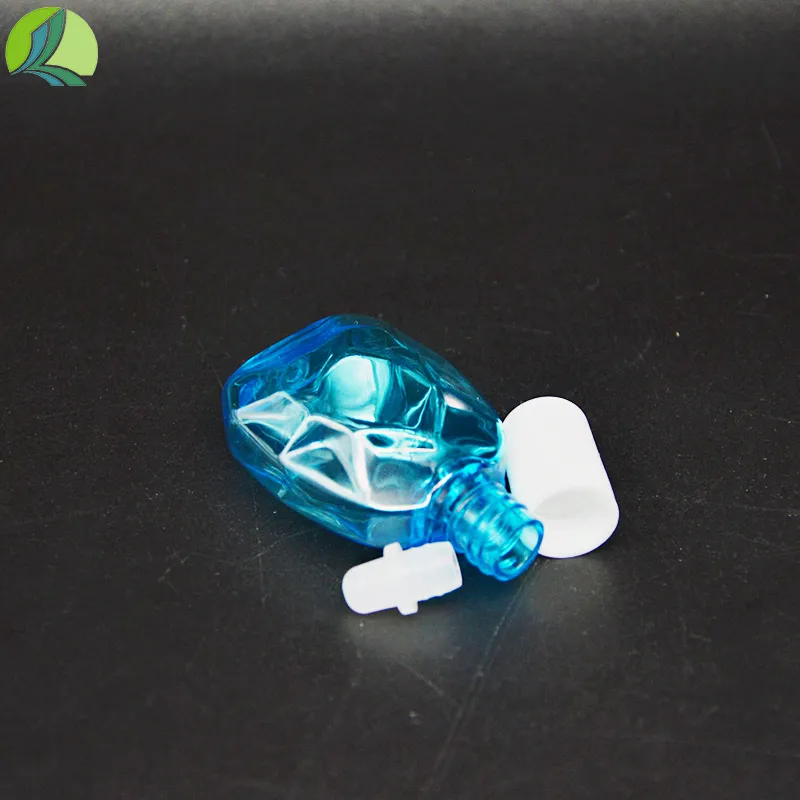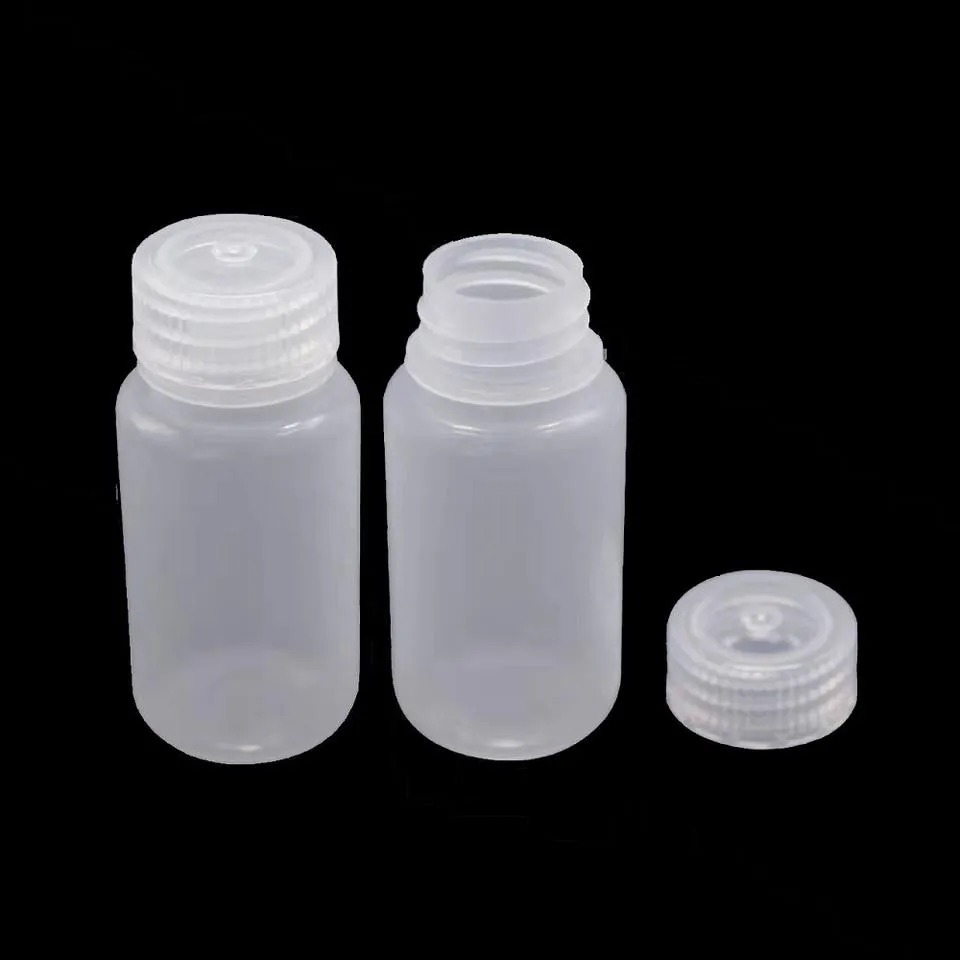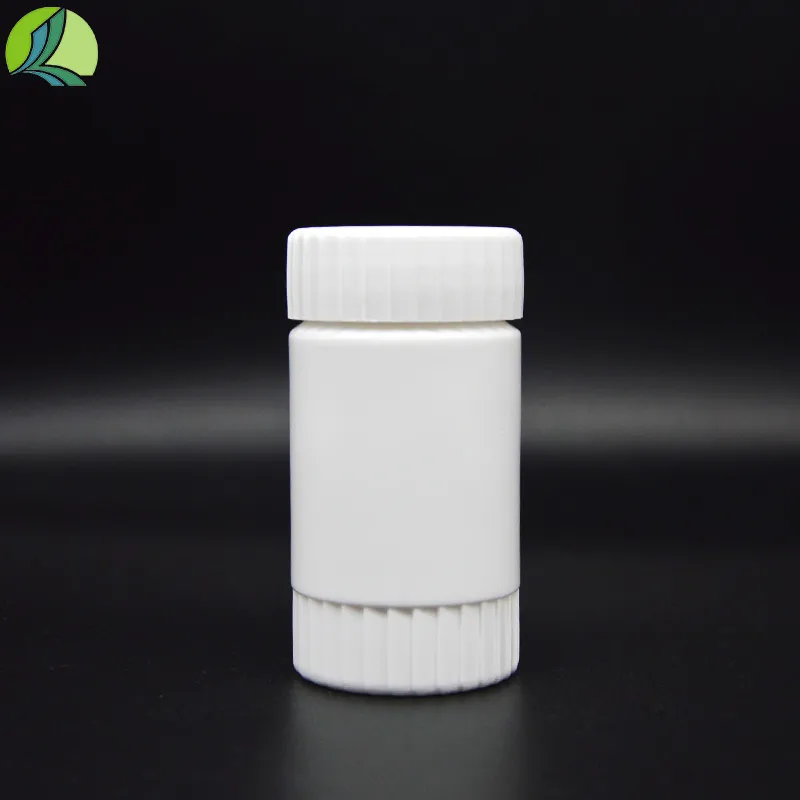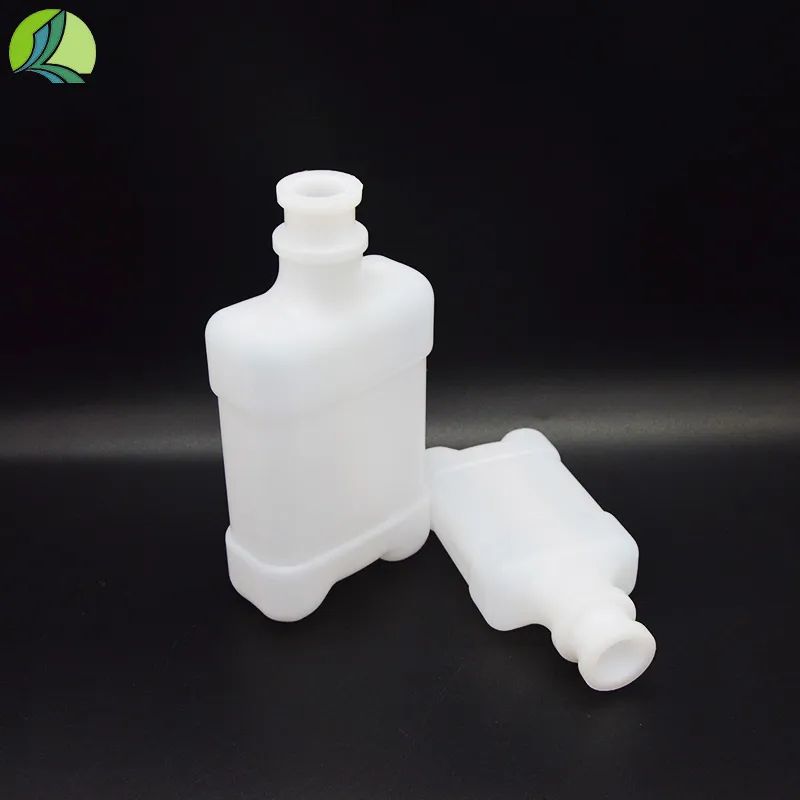
-
 Afrikaans
Afrikaans -
 Albanian
Albanian -
 Amharic
Amharic -
 Arabic
Arabic -
 Armenian
Armenian -
 Azerbaijani
Azerbaijani -
 Basque
Basque -
 Belarusian
Belarusian -
 Bengali
Bengali -
 Bosnian
Bosnian -
 Bulgarian
Bulgarian -
 Catalan
Catalan -
 Cebuano
Cebuano -
 Corsican
Corsican -
 Croatian
Croatian -
 Czech
Czech -
 Danish
Danish -
 Dutch
Dutch -
 English
English -
 Esperanto
Esperanto -
 Estonian
Estonian -
 Finnish
Finnish -
 French
French -
 Frisian
Frisian -
 Galician
Galician -
 Georgian
Georgian -
 German
German -
 Greek
Greek -
 Gujarati
Gujarati -
 Haitian Creole
Haitian Creole -
 hausa
hausa -
 hawaiian
hawaiian -
 Hebrew
Hebrew -
 Hindi
Hindi -
 Miao
Miao -
 Hungarian
Hungarian -
 Icelandic
Icelandic -
 igbo
igbo -
 Indonesian
Indonesian -
 irish
irish -
 Italian
Italian -
 Japanese
Japanese -
 Javanese
Javanese -
 Kannada
Kannada -
 kazakh
kazakh -
 Khmer
Khmer -
 Rwandese
Rwandese -
 Korean
Korean -
 Kurdish
Kurdish -
 Kyrgyz
Kyrgyz -
 Lao
Lao -
 Latin
Latin -
 Latvian
Latvian -
 Lithuanian
Lithuanian -
 Luxembourgish
Luxembourgish -
 Macedonian
Macedonian -
 Malgashi
Malgashi -
 Malay
Malay -
 Malayalam
Malayalam -
 Maltese
Maltese -
 Maori
Maori -
 Marathi
Marathi -
 Mongolian
Mongolian -
 Myanmar
Myanmar -
 Nepali
Nepali -
 Norwegian
Norwegian -
 Norwegian
Norwegian -
 Occitan
Occitan -
 Pashto
Pashto -
 Persian
Persian -
 Polish
Polish -
 Portuguese
Portuguese -
 Punjabi
Punjabi -
 Romanian
Romanian -
 Russian
Russian -
 Samoan
Samoan -
 Scottish Gaelic
Scottish Gaelic -
 Serbian
Serbian -
 Sesotho
Sesotho -
 Shona
Shona -
 Sindhi
Sindhi -
 Sinhala
Sinhala -
 Slovak
Slovak -
 Slovenian
Slovenian -
 Somali
Somali -
 Spanish
Spanish -
 Sundanese
Sundanese -
 Swahili
Swahili -
 Swedish
Swedish -
 Tagalog
Tagalog -
 Tajik
Tajik -
 Tamil
Tamil -
 Tatar
Tatar -
 Telugu
Telugu -
 Thai
Thai -
 Turkish
Turkish -
 Turkmen
Turkmen -
 Ukrainian
Ukrainian -
 Urdu
Urdu -
 Uighur
Uighur -
 Uzbek
Uzbek -
 Vietnamese
Vietnamese -
 Welsh
Welsh -
 Bantu
Bantu -
 Yiddish
Yiddish -
 Yoruba
Yoruba -
 Zulu
Zulu
Plastic Clear Vaccine Vials | Lab & Vet Liquid Storage
Navigating the Landscape of Medical Liquid Containment: An Overview of Vaccine Vial Technology
The global pharmaceutical and veterinary industries rely heavily on secure and sterile containment solutions for sensitive biological liquids. As demand for vaccines and critical medicines continues to surge, driven by global health initiatives and livestock management, the integrity of primary packaging becomes paramount. This comprehensive overview delves into the critical role of Plastic Clear Vaccine Vials Laboratory Veterinary Medicine Liquid Vials, examining their technological advancements, manufacturing precision, and diverse applications. The shift towards advanced plastic materials offers significant advantages in terms of safety, cost-efficiency, and supply chain resilience compared to traditional glass alternatives, providing crucial solutions in sectors like biopharma, diagnostics, and veterinary care.
Industry trends indicate a clear preference for robust, lightweight, and shatter-resistant packaging, especially for high-volume vaccine distribution and laboratory diagnostics. Data from Grand View Research suggests that the global pharmaceutical packaging market size was valued at USD 111.4 billion in 2022 and is expected to grow at a compound annual growth rate (CAGR) of 8.9% from 2023 to 2030, with plastic dominating the material segment due to its versatility and cost-effectiveness. This growth underscores the increasing need for reliable primary container111s like Plastic Clear Vaccine Vials Laboratory Veterinary Medicine Liquid Vials that can withstand various environmental stresses, maintain product stability, and facilitate efficient cold chain logistics.
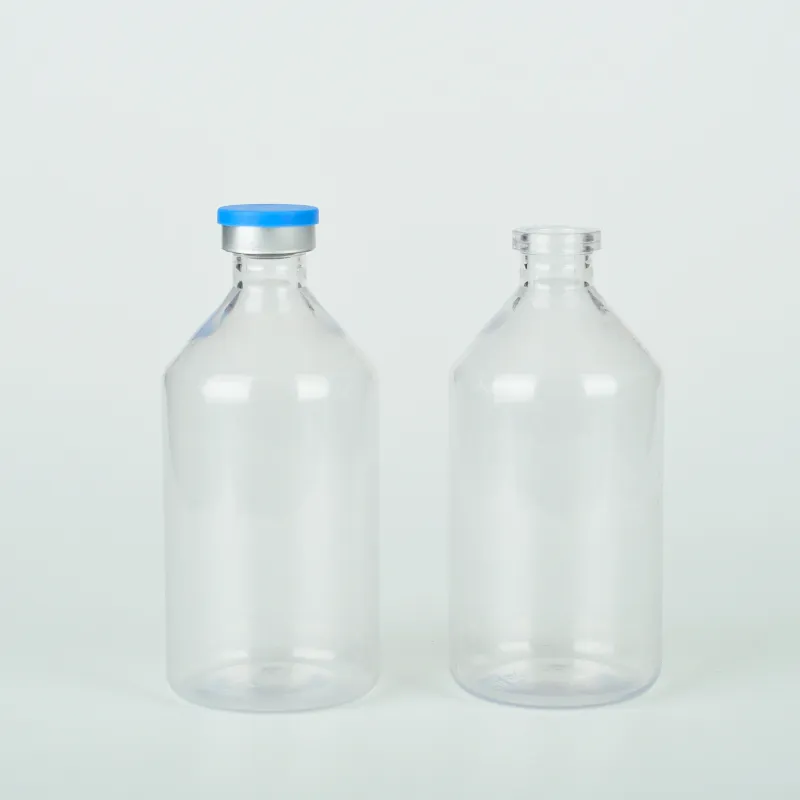
Precision Manufacturing: The Journey of a Vaccine Vial
The manufacturing process for Plastic Clear Vaccine Vials Laboratory Veterinary Medicine Liquid Vials is a highly sophisticated operation, demanding stringent quality control and adherence to Good Manufacturing Practices (GMP). Typically, these vials are produced using advanced injection molding or blow molding techniques from high-grade polymers such as Polypropylene (PP) or Cyclic Olefin Copolymer (COC). PP is favored for its excellent chemical resistance, thermal stability, and clarity, making it suitable for a wide range of pharmaceutical formulations. COC, on the other hand, offers superior optical clarity, low extractables, and exceptional barrier properties, often preferred for sensitive biologics and diagnostic reagents.
The process begins with the precise injection of molten polymer into finely machined molds, followed by rapid cooling to solidify the vial shape. This ensures dimensional accuracy and uniformity, critical for automated filling lines. Post-molding, vials undergo a rigorous series of inspections including visual checks for defects, dimensional verification using precision gauges, and leak testing to ensure container111 closure integrity (CCI). Critical standards like ISO 13485 (Medical Devices Quality Management System) and USP Class VI (for biocompatibility) are strictly enforced throughout production. This meticulous approach ensures that each Plastic Clear Vaccine Vials Laboratory Veterinary Medicine Liquid Vials meets the demanding requirements for pharmaceutical packaging, providing a safe and inert environment for valuable liquids with an expected service life aligned with the drug's shelf-life.
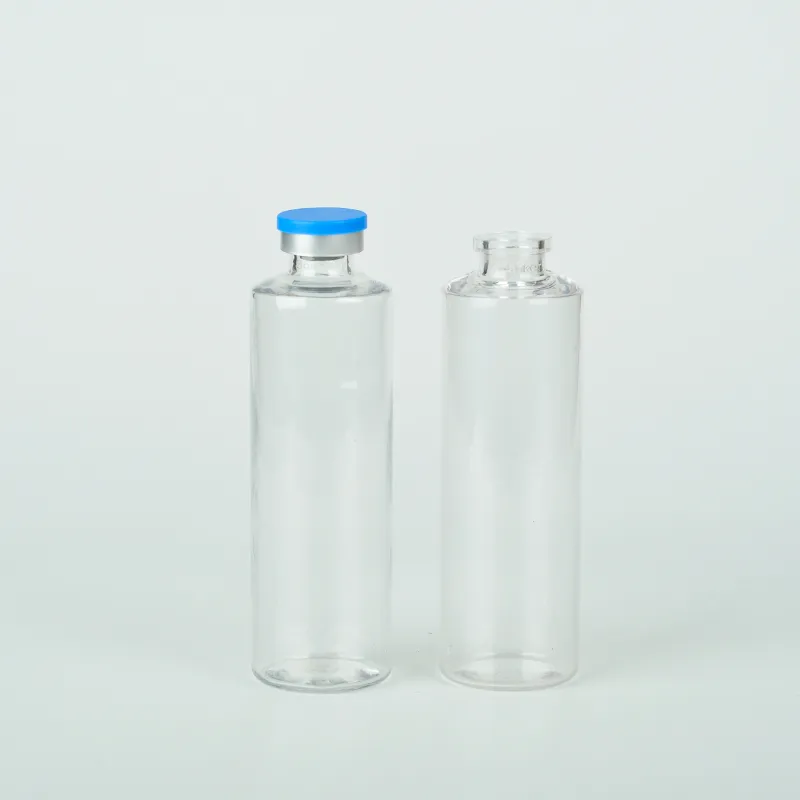
Key Technical Specifications and Parameters
Selecting the appropriate Plastic Clear Vaccine Vials Laboratory Veterinary Medicine Liquid Vials requires a thorough understanding of their technical specifications. These parameters directly impact product stability, sterility, and compatibility with various pharmaceutical processes and formulations. Key attributes include material composition, volume capacity, neck finish compatibility (e.g., crimp, screw thread), and resistance to sterilization methods. The table below provides typical specifications for high-quality plastic vaccine vials available in the market, reflecting current industry best practices and ensuring optimal performance for sensitive medical liquids.

Diverse Applications and Key Advantages
The versatility of Plastic Clear Vaccine Vials Laboratory Veterinary Medicine Liquid Vials makes them indispensable across various critical sectors. In the human healthcare sector, they are crucial for packaging a wide array of injectable pharmaceuticals, including vaccines (e.g., influenza, HPV, COVID-19), biologics, and sterile diagnostic reagents. Their robust nature significantly reduces the risk of breakage during shipping and handling, a common concern with traditional glass vials, thereby enhancing supply chain efficiency and safety. In veterinary medicine, these vials are extensively used for animal vaccines, antibiotics, and other injectable treatments, ensuring safe and effective delivery to livestock and companion animals. Laboratories also benefit from their inert properties for sample storage, media preparation, and reagent dispensing, maintaining the integrity of sensitive research materials.
Beyond their broad applicability, the technical advantages of plastic vials are compelling. They offer superior impact resistance, virtually eliminating the risk of shattering and minimizing product loss or contamination. This inherent safety feature is particularly valuable in high-speed automated filling lines and emergency medical scenarios. Furthermore, plastic vials are significantly lighter than their glass counterparts, leading to reduced shipping costs and a smaller carbon footprint. Their lower coefficient of friction also allows for smoother processing on filling lines, improving operational efficiency. From a patient safety perspective, the reduced risk of delamination or particulate shedding, often associated with glass, makes plastic vials a highly reliable choice, ensuring the purity and potency of encapsulated medicinal liquids.
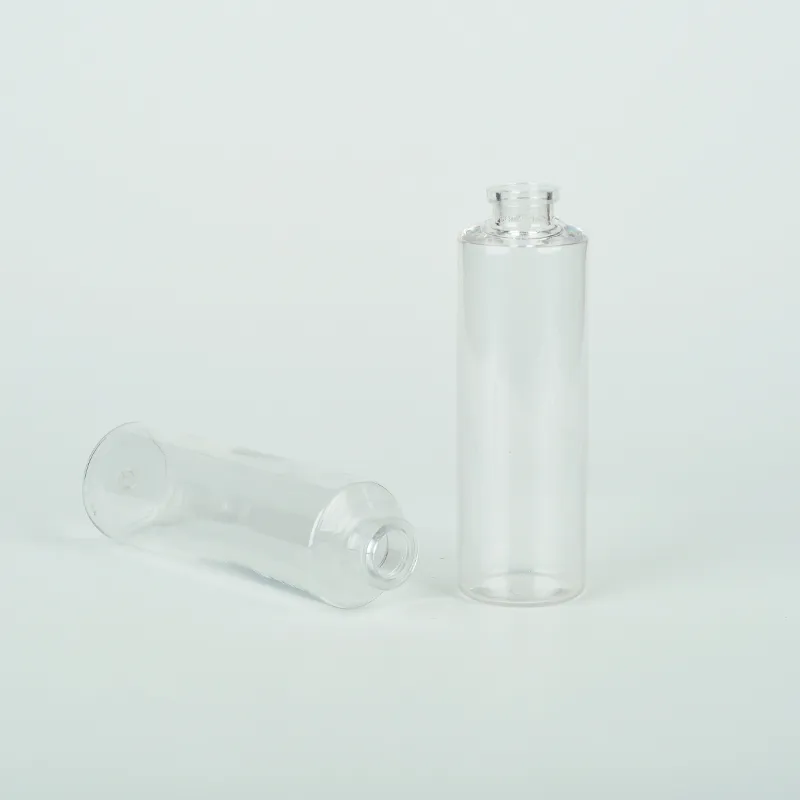
Tailored Solutions and Customization Capabilities
While standard Plastic Clear Vaccine Vials Laboratory Veterinary Medicine Liquid Vials serve a wide range of needs, many pharmaceutical and biotech companies require highly specialized solutions. Reputable manufacturers offer extensive customization options to meet unique formulation requirements, branding, and operational specificities. This includes variations in vial dimensions (height, diameter), neck finish configurations to accommodate specific stoppers and seals, and custom labeling or printing to enhance brand visibility and traceability. Material selection can also be tailored, for instance, opting for UV-resistant polymers for light-sensitive compounds or barrier materials for oxygen-sensitive biologics.
Beyond physical attributes, customization extends to pre-sterilization services (e.g., gamma irradiation, ETO) and specialized packaging formats, such as nest-and-tub configurations for aseptic filling lines. Manufacturers often work closely with clients through a robust design and development process, involving prototyping, material compatibility testing, and stability studies to ensure the customized vials perform optimally with the specific drug product. This collaborative approach ensures that the final Plastic Clear Vaccine Vials Laboratory Veterinary Medicine Liquid Vials solution not only meets regulatory compliance but also integrates seamlessly into the client's existing production workflow, delivering enhanced efficiency and product safety.
Choosing a Supplier: Key Considerations
The selection of a reliable supplier for Plastic Clear Vaccine Vials Laboratory Veterinary Medicine Liquid Vials is a strategic decision that directly impacts product quality, supply chain reliability, and regulatory compliance. Key factors to evaluate include the manufacturer's adherence to international quality standards (e.g., ISO 9001, ISO 13485, GMP), their track record of serving the pharmaceutical and veterinary sectors, and their technical capabilities in material science and molding. Verifying the supplier's cleanroom manufacturing environment and robust quality assurance protocols is paramount to ensure the production of sterile, pyrogen-free vials suitable for critical applications.
Furthermore, assessing the supplier's capacity for scale-up, global distribution network, and customer support infrastructure is crucial for long-term partnerships. A reputable manufacturer will provide comprehensive documentation, including Certificates of Analysis (CoA), Drug Master Files (DMF) for their materials, and technical data sheets, demonstrating their commitment to transparency and quality. Evaluating their commitment to innovation, such as developing new polymers or vial designs, can also provide a competitive edge. Ultimately, partnering with an experienced and authorized supplier ensures consistent delivery of high-quality Plastic Clear Vaccine Vials Laboratory Veterinary Medicine Liquid Vials, safeguarding the integrity of sensitive pharmaceutical products.
Frequently Asked Questions (FAQ)
Q1: Are these plastic vials compatible with all types of sterilization?
A1: Our Plastic Clear Vaccine Vials Laboratory Veterinary Medicine Liquid Vials are designed for compatibility with common sterilization methods, including autoclaving (up to 121°C for PP vials), gamma irradiation, and ethylene oxide (ETO) sterilization. The specific material (e.g., PP vs. COC) will determine optimal compatibility and performance under different sterilization conditions. We recommend validating the chosen sterilization method with the specific vial material for your application to ensure product integrity and compliance with regulatory standards.
Q2: What are the primary advantages of plastic vials over traditional glass vials?
A2: Plastic vials offer several significant advantages: superior shatter resistance, making them safer to handle and transport; lighter weight, reducing shipping costs and environmental impact; lower risk of delamination or particulate shedding, ensuring higher product purity; and greater design flexibility for customization. These attributes contribute to enhanced product safety, operational efficiency, and overall cost-effectiveness for pharmaceutical companies utilizing Plastic Clear Vaccine Vials Laboratory Veterinary Medicine Liquid Vials.
Q3: What is the typical lead time for an order of custom plastic vials?
A3: The lead time for custom Plastic Clear Vaccine Vials Laboratory Veterinary Medicine Liquid Vials can vary depending on complexity, order volume, and current production schedules. Generally, after design finalization and mold creation (if necessary), production lead times range from 4 to 8 weeks. For standard, off-the-shelf products, lead times are significantly shorter, typically 2 to 4 weeks. We work diligently to meet client deadlines and provide transparent communication regarding production and delivery schedules. Our robust supply chain management ensures timely delivery and consistent availability.
References and Further Reading
- Smith, J. A., & Johnson, B. R. (2023). "Innovations in Pharmaceutical Packaging Materials for Biologics." Journal of Pharmaceutical Sciences and Technology, 15(2), 123-140.
- United States Pharmacopeia (USP). (2022). "General Chapters: <661> Plastic Packaging Systems and Their Materials of Construction." USP 46-NF 41.
- World Health Organization (WHO). (2021). "Guidelines on Packaging for Pharmaceutical Products." WHO Technical Report Series, No. 1033, Annex 9.
- Grand View Research. (2023). "Pharmaceutical Packaging Market Size, Share & Trends Analysis Report By Material, By Drug Delivery Mode, By Product, By Application, By Region, And Segment Forecasts, 2023 - 2030."
-
Secure 250ml Blue Plastic Vaccine Vials for Lab & VetNewsAug.11,2025
-
250ml Blue Translucent Plastic Vaccine Vials - Medical GradeNewsAug.10,2025
-
28 Mouthfuls 100ml 25ml White Plastic Vaccine Vials for Lab & VetNewsAug.09,2025
-
Durable Brown Plastic Vaccine Vials for Lab & Vet MedicineNewsAug.08,2025
-
Secure 250ml Blue Translucent Medical Plastic Vaccine VialsNewsAug.07,2025



